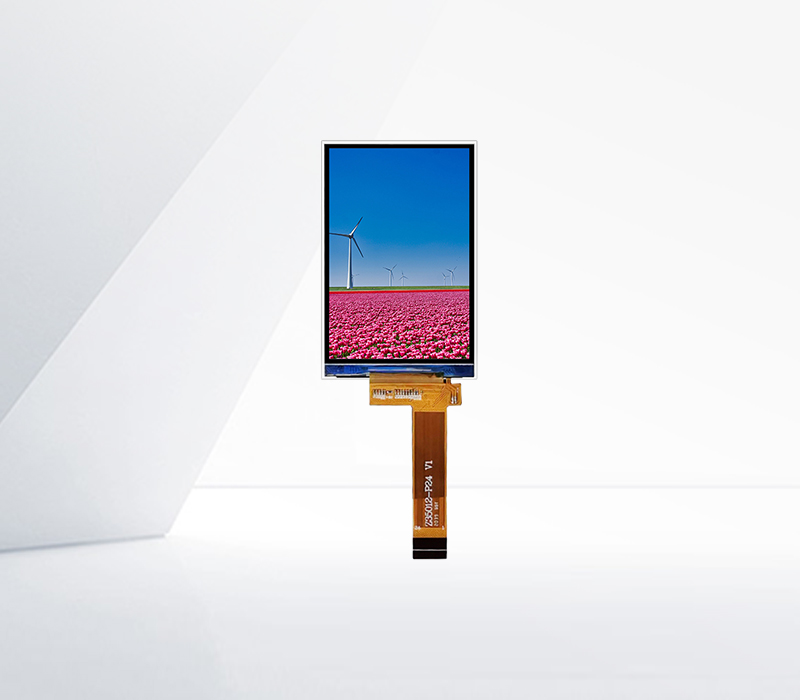




In - Plane Switching (IPS) screens are a type of LCD technology that has gained significant popularity in recent years. When it comes to determining the grade of an IPS screen, it is generally considered to be in the high - to - mid - high - end range.
IPS screens are renowned for their excellent color accuracy. They can display a wide gamut of colors with high precision, making them ideal for applications where color - critical work is involved, such as graphic design, photo editing, and professional video production. For example, in a studio where photographers are editing high - resolution images, an IPS - panel monitor can accurately reproduce the true colors of the photos, allowing for more precise color correction and enhancement.
One of the key features that place IPS screens in a high - end category is their wide viewing angles. Unlike some other LCD technologies, IPS screens maintain consistent color and contrast even when viewed from extreme angles. This is crucial for applications where multiple people need to view the screen simultaneously, such as in a boardroom presentation or a multi - player gaming setup. When viewers are looking at an IPS - panel display from the side, they will not experience significant color shifts or loss of contrast, providing a more immersive viewing experience.
However, IPS screens also have some drawbacks that prevent them from being strictly in the top - tier category in all aspects. One of the main issues is their relatively slow response time compared to some other display technologies, especially in the gaming and fast - moving video content segments. In high - speed action games, the slower response time of IPS screens can lead to motion blur, which may be a concern for serious gamers. Additionally, IPS screens tend to be more expensive to produce compared to some entry - level LCD technologies. This higher production cost is often reflected in the retail price of devices using IPS screens, making them less accessible to budget - conscious consumers.
